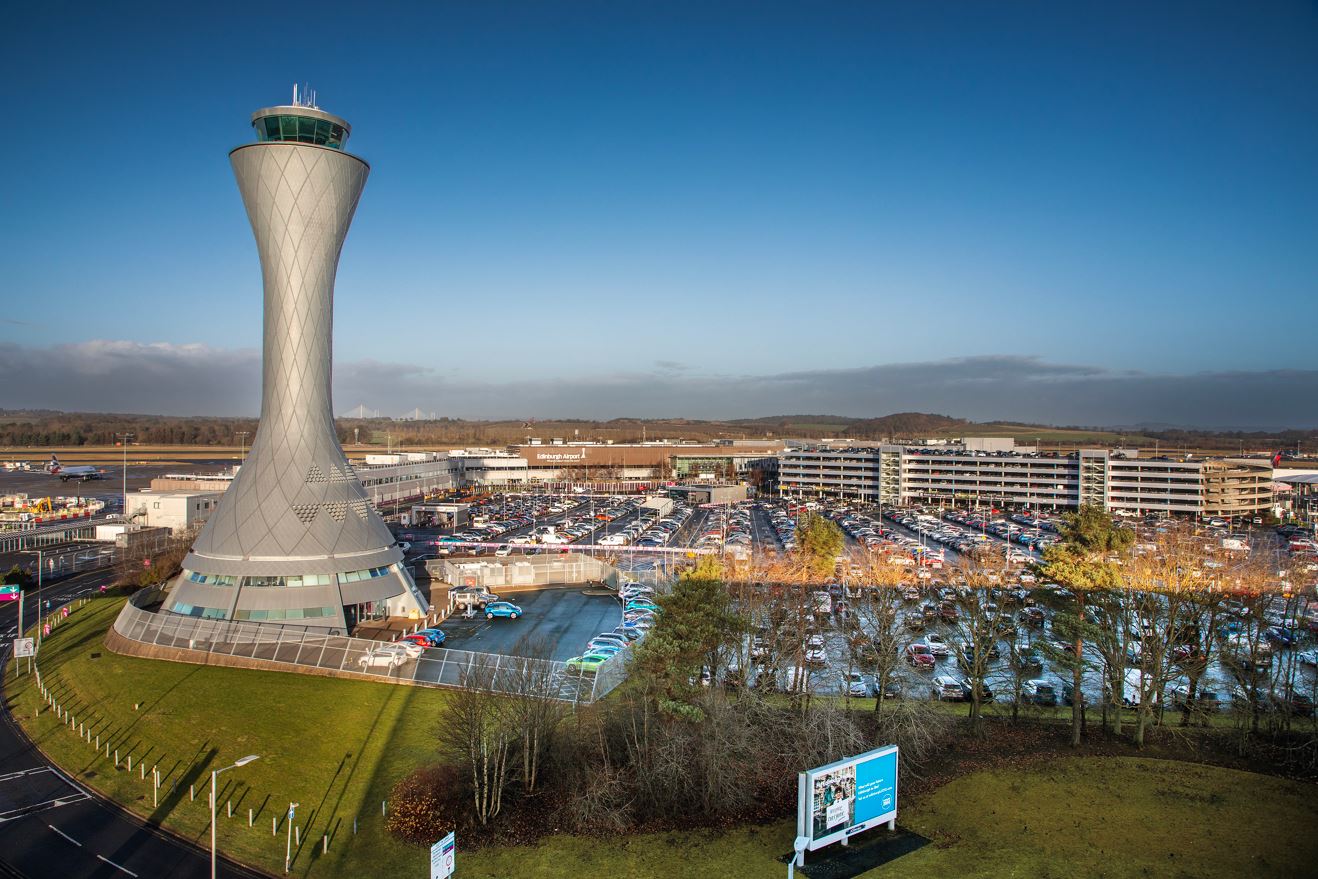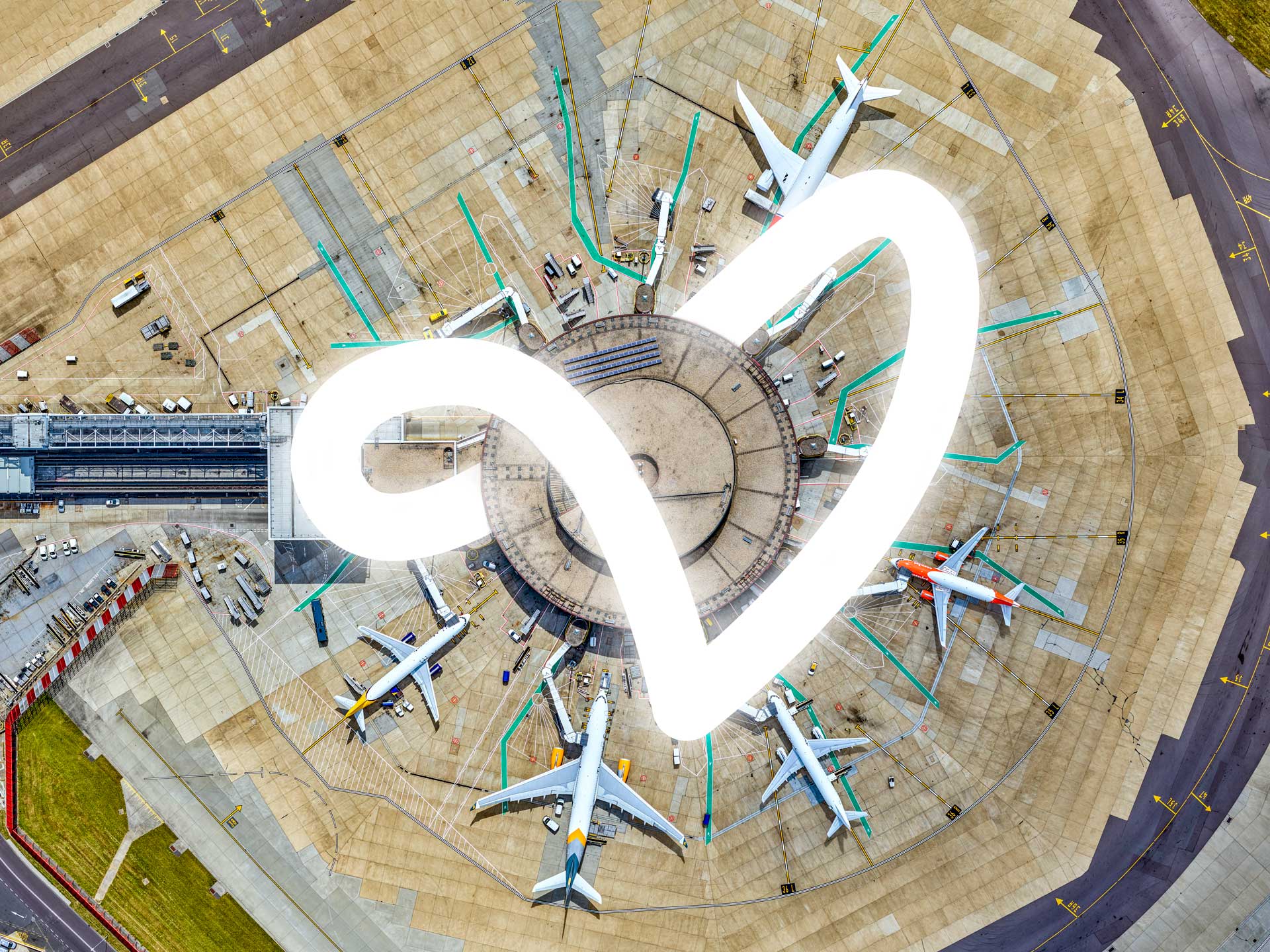Airport operations have always been a complex, finely-tuned balance between capacity and demand, passenger experience and service cost, and the predictable and unexpected.
In a volatile world, operational planning based on last year’s approach won’t help us flex to today’s challenges – or those of tomorrow.
Truthfully, using stagnant and generalised data for planning has always been a flawed method. Digital transformation strategies that brought landside and airside processes together were already topping most airports’ investment lists.
So how do airports achieve this level of agility and predictability with their operational planning? We suggest starting with our four core principles for holistic airport management.
Create robust plans around flows
Instead of siloed operations by team or by terminal, consider structuring your Airport Operating Plan around the end-to-end flow of the passenger and the aircraft.
In many ways, we’re already doing this with A-CDM, where multiple stakeholders collaborate on the turnaround. However, the opportunity exists to extend the A-CDM concept to the whole airport, to collaborate on baggage and aircraft flows, and plan for performance.
Principle 1. Create robust plans that reflect the flow of passengers and aircraft. Then, simulate and test scenarios to ensure that you are continually working to the best operation plan focused on optimal outcomes.
Plan for delivery
Many airports are fairly mature in their planning discipline, but gaps between what is sought and eventually delivered, are now being amplified by the volatility and uncertainty caused by the pandemic.
Planning for delivery means gaining as much insight as possible, as we move closer to the day of operation.
Principle 2. Explore tapping into new data sources and the latest data available, be it weather data from the met service, airline load factors or ground handler operations, so you’re as ready as possible.
Flex with confidence
A robust plan is an essential foundation, but being able to make tactical adjustments on the go is key to delivering efficiency and excellent customer experiences. Advanced data science and live data sources are vital tools to help you improve your day-of-operations performance.
For example: as the pandemic emerged in Europe, Keflavik Airport (KEF) rolled out a live forecasting solution to predict passenger behaviour in the hours ahead. By forecasting show-up profiles and occupancy by flight for arriving and departing travellers, KEF can optimise resource allocations, lane openings and passenger communications to match the new situation. As a result, they were able to improve security throughput, reduce immigration and baggage collection crowding, and boost traveller well-being and experience.
Real-time terminal-wide passenger flow data and integration with A-CDM then enable “closing the feedback loop” to monitor the effectiveness of the operating plan, and how decisions made have impacted the performance of the plan.
Principle 3. Use live forecasting driven by real per flight data to improve your agility and remember to review the outcomes – what you did, how it compared to what you set out to do, and how to make it better next time.
Adjust to the operating context
While robust plans and performance are usually measured against static Key Performance Indicators. The next step is to make those KPIs dynamic, based on what’s important that day.
No two days are ever the same. How do you make the best local decision to improve the whole local operating plan, and against changing priorities?
For example, today, a security supervisor may develop a plan for security staffing and lane opening, which is cost-effective and meets minimum KPI. However, as only local outcomes are considered, the supervisor doesn’t realise the negative impact on non-aeronautical revenue, nor the impact at gate arrival time, if queuing passengers have a late gate change to a remote stand.
Similarly, a stand allocation planner could develop a plan that supports airline preferences for adjacent gates, optimises turnaround times and reduces towing costs. However, without a holistic picture, they don’t realise that this creates crowding issues in adjacent gates, nor that the occupancy of arrival halls threshold is likely to be breached.
Veovo’s vision of a Total Airport Score is that of a framework designed for contextual, smarter decision making, to help operators understand the real impact on the entire airport, not just one corner.
Principle 4. Use a scoring framework to empower decision making that reflects wider airport priorities and the specific operating context.
A catalyst for a better future
The pandemic caused us to reflect on the current limitations of operational decision-making in the airport. And yet, we’re encouraged by the opportunities presented by real data and joined-up thinking across the terminal.
By working together through shared technology built on advanced science, airports and their partners can simulate, forecast, and stress test plans holistically. Self-learning scoring models that adjust to real-time dynamics and data will further help optimise decision-making against evolving priorities – improving operational readiness, whatever the situation.
James Williamson, CEO at Veovo and Martin Bowman, Director Aviation Digital Assets at Deloitte, recently ran a webinar for International Airport exploring how airports can beat the uncertainty and flex operations with the help of dynamic forecasting to support physical distancing and smooth passenger journeys.
James also discussed the concept of the Total Airport Score: The ability to generate an optimal plan based on an airport’s priorities and test scenarios to support smarter operational decision making against that plan, now and as priorities evolve.
Veovo helps airports globally adapt to new processes and changing travel patterns, unlock efficient ways of working and provide safer journeys. Please get in touch to arrange a call with one of our experts to explore how we can help your business.


